
Following multiple false reports and rumors over the past couple of years of Islamic State leader Abu bakr al-Baghdadi’s death, the United States was finally able to kill the world’s most-known terrorist in northwest Syria.
Unlike the other high-profile jihadist killed in a U.S. operation – al-Qaeda leader Osama bin Laden, who reportedly used his wife a human shield – the ISIS leader seemed prepared for this day and detonated a suicide vest. This act is surely going to be used in ISIS propaganda, as he died in the proper way for a “martyr.”
The fact that the U.S. operation took place in Idlib province should not come as a complete surprise. True, ISIS’s traditional strongholds lay in Syria’s eastern regions, but parts of Idlib have been known as very supportive for the jihadist organization. ISIS had operated multiple cells in the province, which manifested into frequent attacks against other jihadist insurgents in the region, including ones linked to al-Qaeda.
Baghdadi’s death begs the question of who is going to succeed him. The most likely candidate is Abdullah Qardash. In August, ISIS’s propaganda agency Amaq said Baghdadi had put Qardash in charge of managing the “Muslim affairs” in Islamic State. The self-proclaimed caliph was clearly preparing for the “day after” with such an appointment.
What’s more, Qardash maintains the religious credentials as an Islamic scholar and is highly popular (though brutal) among ISIS members. More importantly, Qardash maintains a “perfect” linage – like al-Baghdadi, he is considered a direct descendent from the Prophet Mohammad’s family (Ahl al-Beyt) and from the tribe of Quraysh. Baghdadi himself is officially referred as Abu Bakr al-Baghdadi al-Qurashi al-Hassani. Additionally, Qadash is also known to be close to al-Baghdadi since their imprisonment together in Bucca camp in Iraq in 2004.
Other names that rose in recent months include the jihadist veterans: Sami Jasim Muhammad al-Jaburi (a.k.a. Hajji Hamid and Haji Hamad) who is responsible for the group’s finances; the ideologue Amir Muhammad Sa’id Abdal-Rahman al-Mawla (a.k.a. Hajji ‘Abdallah); and the explosives expert Mu‘taz Numan ‘Abd Nayif Najm al-Jaburi (a.k.a. Hajji Taysir). In late August, the U.S. Department of Justice Rewards for Justice Program announced rewards of up to $5 million for their heads.
What should we expect in terms of ISIS’s operational capabilities in the aftermath of their leader’s death? Unfortunately, while Baghdadi was no doubt charismatic, not much is going to change, as the group is liable to remain resilient. After the killing of its former leader Abu Omar al-Baghdadi by the U.S. in 2010, the Islamic State not only resurfaced but also reached its peak of power in the years to follow.
ISIS has been increasingly decentralized over the past couple of years, with its branches operating almost entirely independent from the core command. Despite the loss of its physical caliphate in Iraq and Syria earlier this year, the group’s affiliates have expanded their reach across the globe, with new ones emerging like mushrooms after rain and older ones increasing their capacity.
Such branches include the Wilayahs (provinces) of Central Africa, West Africa, Pakistan, India, Bangladesh, Khorasan (Afghanistan) and more. This is illustrated by the organization’s recent media campaign labelled “And the [Best] outcome is for the righteous” which depicted multiple videos of affiliates renewing its pledge of alliance to ISIS and Baghdadi.
Furthermore, in the short-term, it should be expected that ISIS will seek revenge for its leader’s death. In the wake of a previous low for the group, namely the final loss of its territories, the ISIS launched the “Vengeance for al-Sham” campaign, which saw an intensification of attacks by its affiliates across the globe.
In addition to acts of militancy in the group’s traditional areas of operations, such as Africa, the Middle East, and Asia, it can’t be ruled out that the West will also see attacks, chiefly in the form of Islamic State-inspired “lone wolf” militants. In this context, in two recent incidents, which were slightly overlooked, ISIS supporters conducted carried out a stabbing in France and a vehicular attack in Germany, highlighting the underlying threat. Undoubtedly, the manner in which Baghdadi reportedly died will likely contribute to his mythologization among jihadis, and thus further bolster their motivation.
Once a new caliph is declared, he will surely seek to prove himself by encouraging ISIS followers to step up their game.
In order to mitigate this short-term threat, it is likely important to try to detect and target as quickly as possible the remaining ISIS leadership to deal another blow to its fighters’ morale and the overall cause.
Asaf Day is a Middle East and North Africa geopolitical analyst at a private security-consultancy firm. His areas of expertise include Syria, Israel, and the Palestinians, as well as global jihad organizations.
Asaf has an MA Degree in Arabic Studies and a BA in Middle Eastern Studies. In addition to English, Asaf speaks fluent Hebrew and Arabic, as well as Turkish and French to a lesser degree.
All views and opinions expressed in this article are those of the author, and do not necessarily reflect the opinions or positions of The Defense Post.
The Defense Post aims to publish a wide range of high-quality opinion and analysis from a diverse array of people – do you want to send us yours? Click here to submit an Op-Ed.


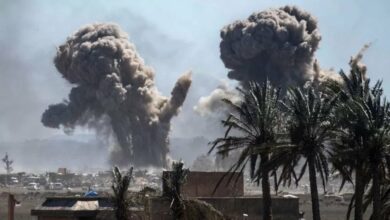
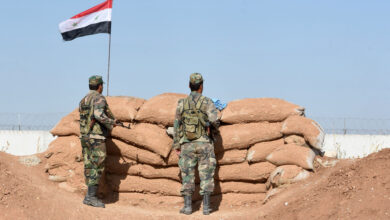


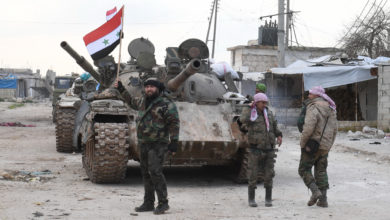
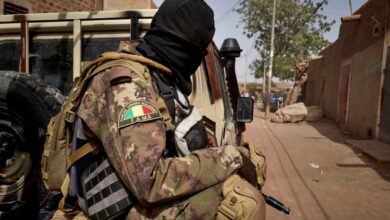


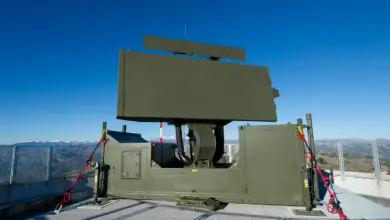
One Comment